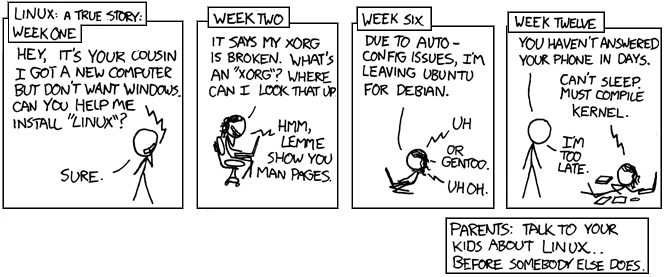
Ufs Explorer Linux Serial Terminal
Ls -al /dev/ttyUSB* crw-rw---- 1 root uucp 188, 2 2008-03-13 12:30 /dev/ttyUSB2 **Important note: 'Permission denied' errors Notice that /dev/ttyUSB2 is owned by the root user and the uucp group. You might get 'Permission denied' errors when trying to use the /dev/ttyUSB2 port if you are not root or a member of the uucp group. There are a couple of options around this. A) 'su' to root B) prefix 'sudo' to your commands. Ex: 'sudo stty -F /dev/ttyUSB2 9600' C) add yourself to the uucp group. 'gpasswd -a me uucp' D) make the /dev/ttyUSB2 device readable and writable to everyone.
Sudo chmod 0666 /dev/ttyUSB2 E) create a udev rule to make the /dev/ttyUSB2 device readable and writable by everyone whenever the adapter is plugged in. (too complicated to explain here) Set up the baud rate with the stty command. I'm using 115200, so I run. Cd ~/hterm && wine hterm.exe but HTerm doesn't seem to recognize my serial ports under Wine. I can connect to com5, but nothing really happens. There's an error in the console: 'fixme:comm:set_queue_size insize 4096 outsize 4096 unimplemented stub' so maybe HTerm is calling something that isn't implemented in Wine.
Download UFS Explorer Standard Recovery (Linux) - UFS Explorer Standard Recovery is a universal data recovery solution. Powerful software mechanisms work with diverse file systems and storages and allow handling even complicated cases. Perfect for both home users and IT-professionals.
Also, there's something glitchy about the cursor placement when you type in text. The cursor is about one character in front of where it should be. =========== Bray's Terminal and Wine =========== Bray's website seems down right now, but I downloaded terminal.exe from here (scroll down to the 'Tools and Others' section) Set up the serial ports as described in the above HTerm section. Sudo minicom -s Go to Serial port setup and set the Serial Device to /dev/ttyUSB2. (Press A to change the Serial Device, and press Enter when you are finished to go back to the menu) Press E to set the baud rate (Bps/Par/Bits).
I'm using 115200 bps. If you know what stop bits and stuff you need to use, set it here. If you don't know, I think '8N1' is pretty standard and should work. My setting reads 115200 8N1 Press F to set the Hardware flow control to 'No'. Adobe pdf reader for mac free download. Press G to set the Software flow control to 'No'.

Leave Callin Program and Callout Program blank. (I have no clue what these do) Press Enter to go back to the main menu. Go to the Modem and dialing menu. I'm not sure if this is necessary, but I deleted all of the strings in here. Press Enter to go back to the main menu.
Go to the Screen and keyboard menu. Press Q and set the Local echo setting to Yes. This allows you to see what you are sending over the serial connection in the terminal. Press Enter to go back to the main menu Choose Save setup as dfl then Exit the minicom setup. It should start up minicom. In the minicom window you should be able to start typing to send characters. Press 'ctrl-a z' to see a list of menu options.
I have to go to the menu and set the local Echo to off then on each time to see my input, even though it's supposed to be saved in the settings ========== Picocom v1.4 ========== I try running picocom.